The Healing Power of Plants: Nature's Original Medicine
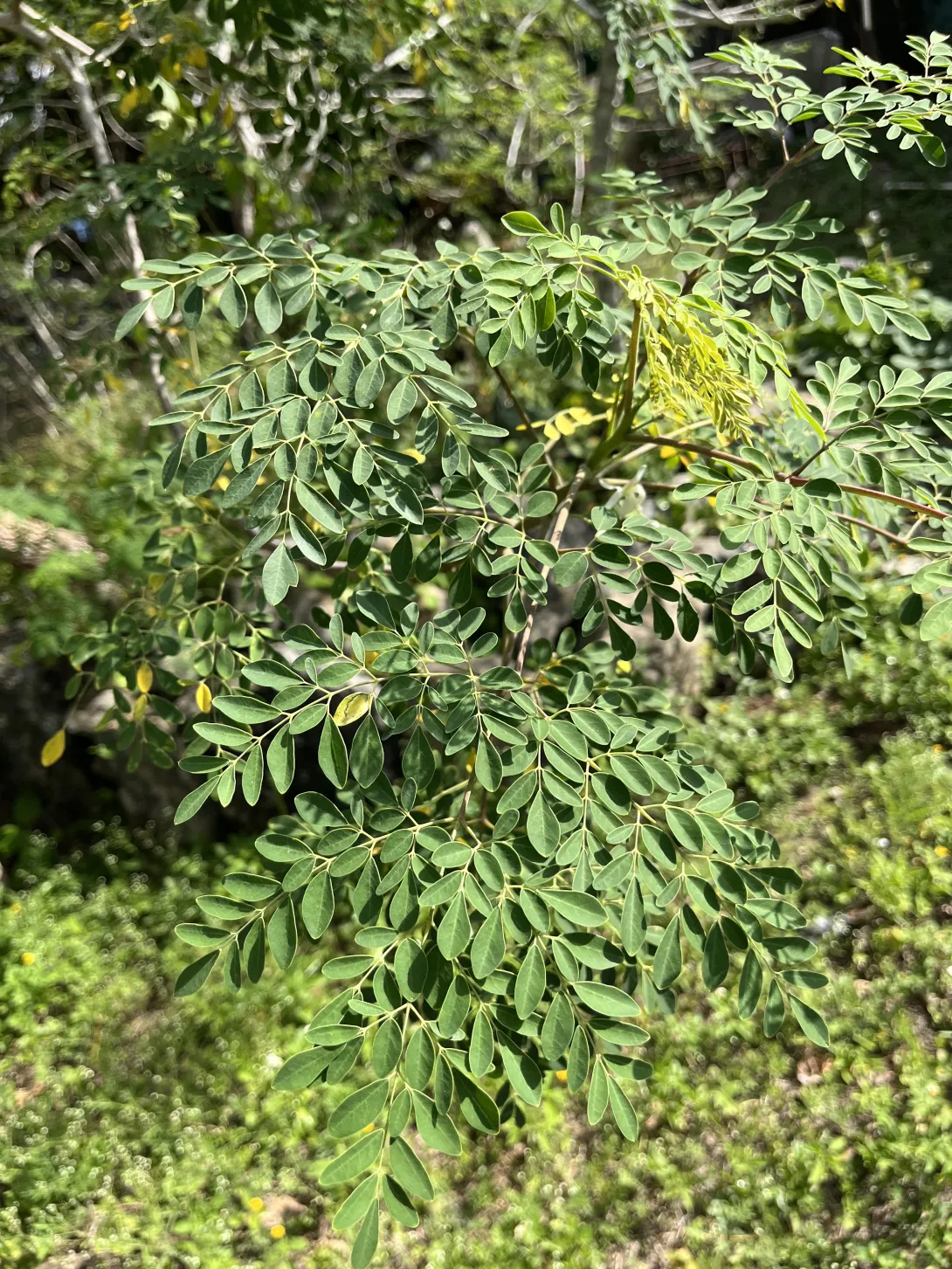
Throughout history, plants have stood as one of nature's greatest gifts to humanity. They have not only provided food and shelter but also offered healing in the most profound ways. In recent years, a wave of people has been returning to nature, rediscovering what our ancestors always knew—plants are medicine. As we reawaken to their power, it becomes clear that many of the solutions we seek in labs and bottles have always been growing quietly around us.
Nature’s Intelligence: How Plants Speak to Our Bodies
The human body is inherently receptive to plant-based nutrients and compounds. Unlike synthetic medications that often focus on symptom suppression, plants work with the body to restore balance and promote healing from within. There is an intelligence in the design of nature—an intuitive harmony between human biology and the living flora that surrounds us.
Consider the strength of a bull, an animal revered for its raw power and size. Its fuel? Nothing more than blades of grass. This simple truth speaks volumes: plants alone can sustain, energize, and build formidable strength. The nutrients in greens are not just for survival; they are for thriving. Our own bodies respond similarly, finding restoration in the vitamins, minerals, and healing properties offered by a plant-based lifestyle.
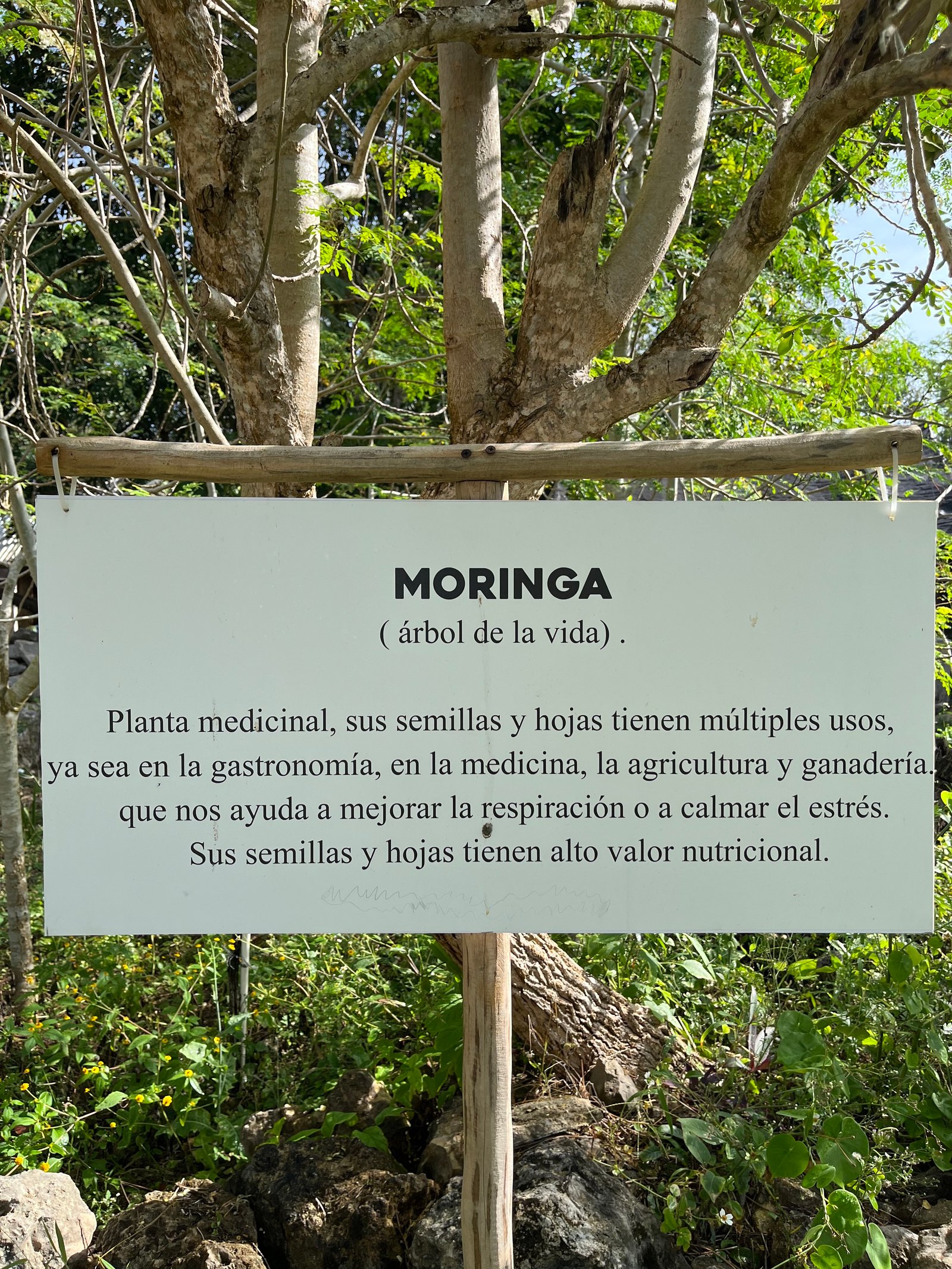
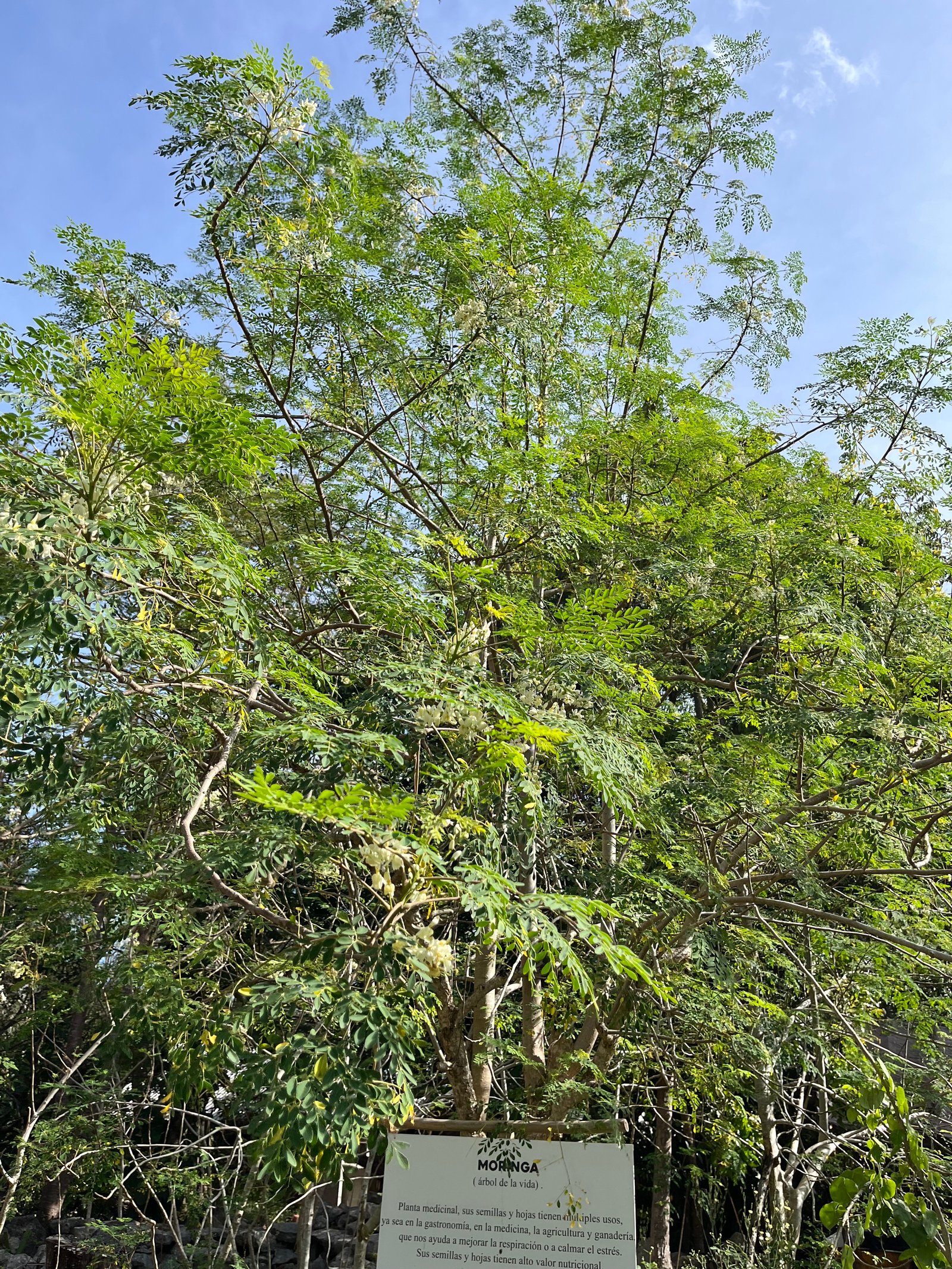
One of the most revered medicinal plants, both historically and in contemporary wellness, is Moringa oleifera—known affectionately as the "Tree of Life." Native to parts of Africa and Asia, Moringa has been used for thousands of years in Ayurvedic medicine to treat over 300 conditions. Traditionally, it was utilized to strengthen the body, boost immunity, and cleanse the system. Today, modern science backs these uses, highlighting Moringa's impressive nutritional profile: it is rich in vitamins A and C, calcium, potassium, and protein. Both the leaves and seeds have powerful anti-inflammatory and antioxidant properties. Moringa helps regulate blood sugar, improve respiratory function, and calm the nervous system. In a world overwhelmed by stress and chronic disease, this tree continues to offer timeless healing.
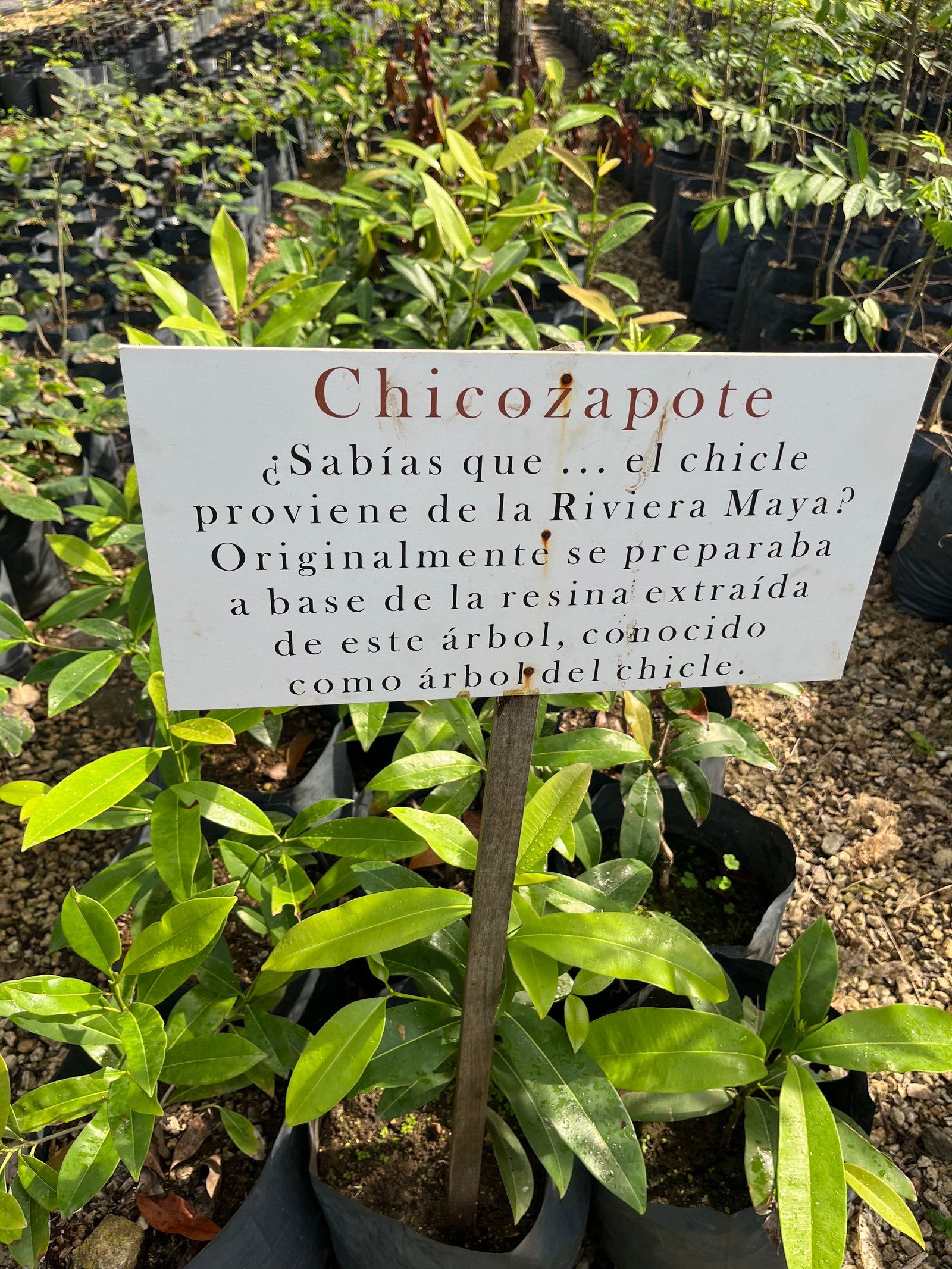
Another powerful tree found in the Riviera Maya is the Chicozapote. Its resin, once harvested and used to make natural chewing gum (chicle), tells a story of tradition and innovation. More than a commercial curiosity, the sap of the chicozapote tree has antibacterial properties, and its fruit is a rich source of dietary fiber, vitamins, and minerals. The tree itself is a symbol of endurance, its healing offerings passed down through generations who understood the value of what it gave.
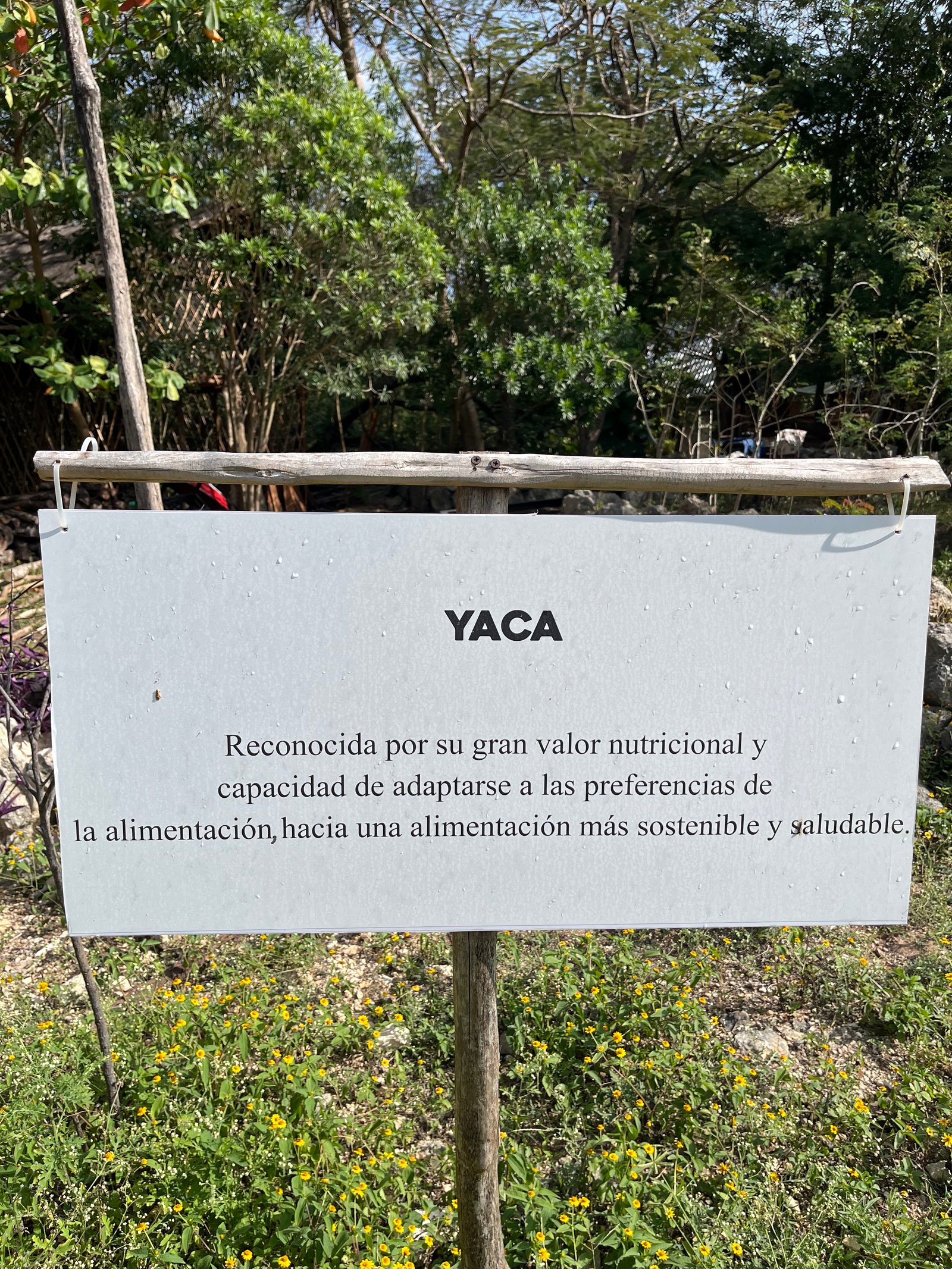
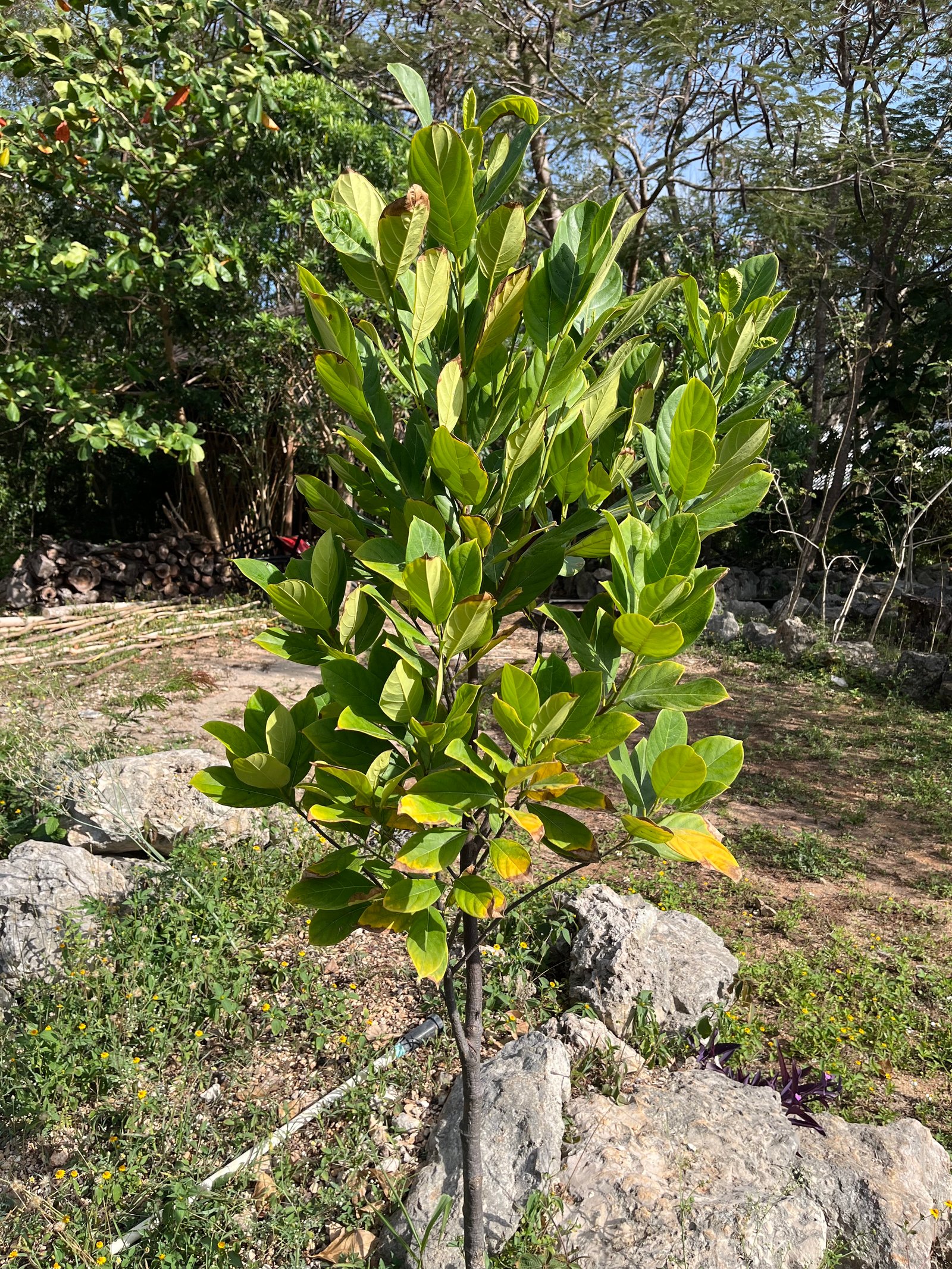
The Yaca, or Jackfruit tree, is another botanical powerhouse. Native to South and Southeast Asia but now cultivated in tropical regions worldwide, Yaca is celebrated not only for its massive fruit but for its medicinal versatility. Rich in antioxidants, jackfruit supports heart health, digestion, and immune response. Its seeds are used in traditional remedies for skin and digestion, and the fruit’s high fiber content makes it a valuable ally in weight management and gut health. What’s remarkable is its adaptability—jackfruit serves as a sustainable meat alternative while simultaneously nourishing the body with plant-based purity.
Palo Mulato, also known as Chaká or Bursera simaruba, is a sacred tree in Mayan culture. Historically, it has been used as an antidote to the poisonous effects of the chechén tree.
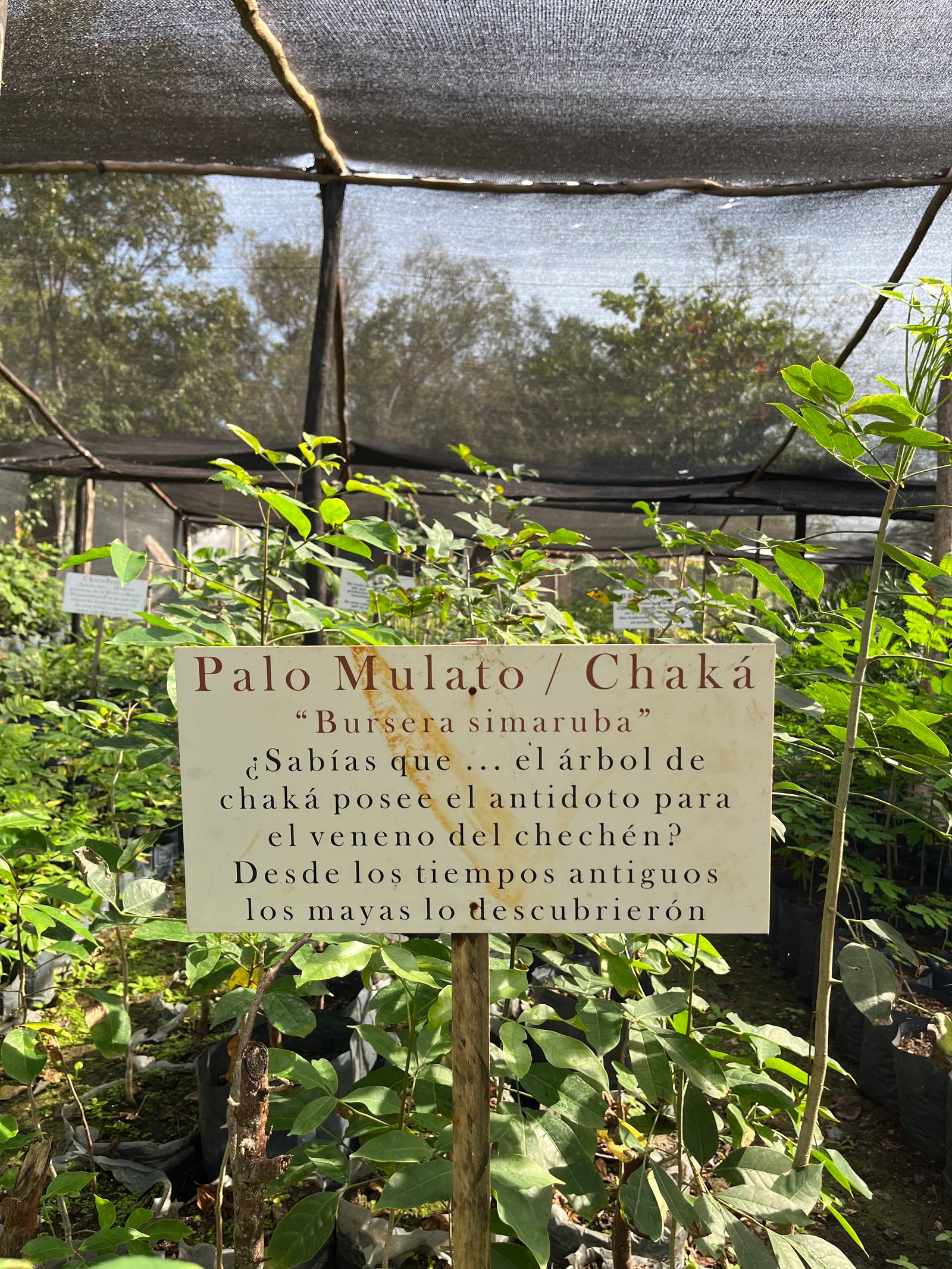
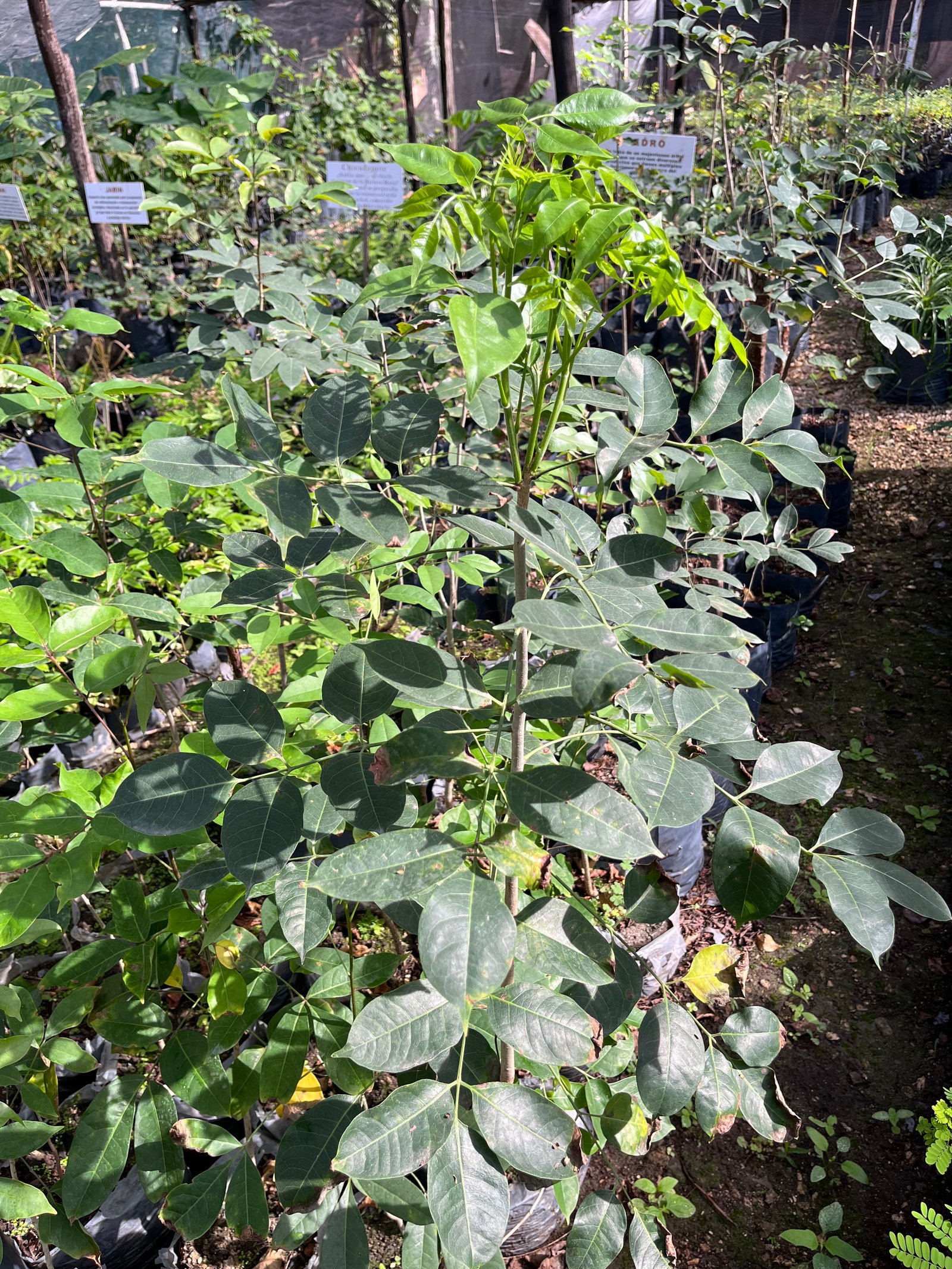
Its bark and leaves have cooling, anti-inflammatory properties and are often used to treat skin irritations, burns, and infections. The Mayans, who had an intricate understanding of the forest's offerings, considered the Palo Mulato not just a cure but a spiritual protector. Its legacy reminds us that plants often serve both the body and the soul.
Jabin is another local treasure, prized in ecological restoration programs for its long blooming period and nectar production. It holds special value in beekeeping, supporting biodiversity and contributing to a thriving ecosystem. Though less known for direct human consumption, its ecological role is vital, reminding us that healing often begins by nurturing the environment around us!
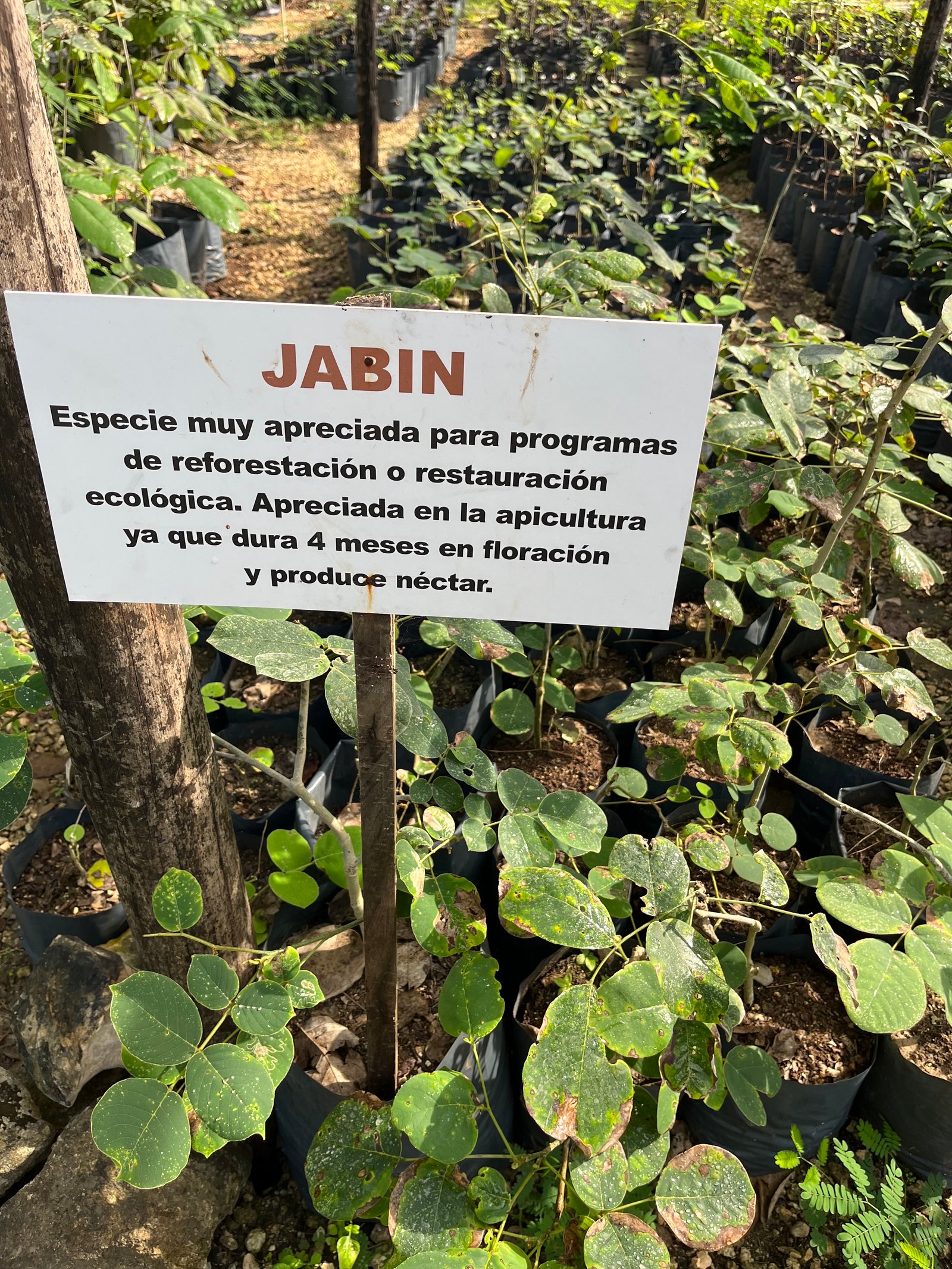
The Caoba, or mahogany tree, is better known for its durable and beautiful wood used in high-end furniture. But beyond its value in carpentry, Caoba is a species that plays a role in sustainable forestry and agroforestry. Its majestic presence in the landscape is a reminder that some plants heal not just our bodies, but our built environments and economies when managed with care.
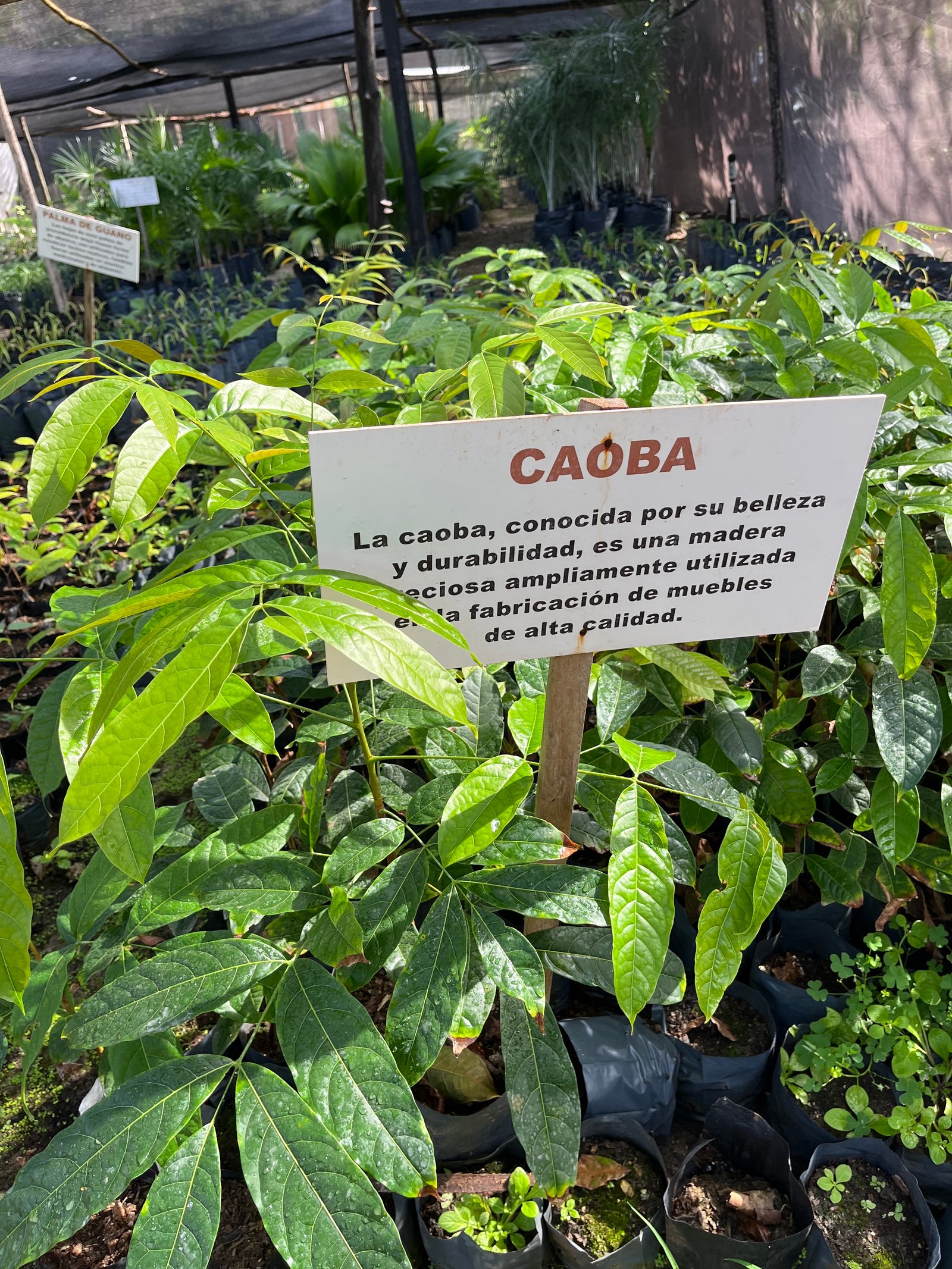
The Yanik, endemic to the Yucatán Peninsula, supports the local ecosystem in a unique way. Its trunk forms natural cavities where bees make their hives, promoting pollination and protecting biodiversity.
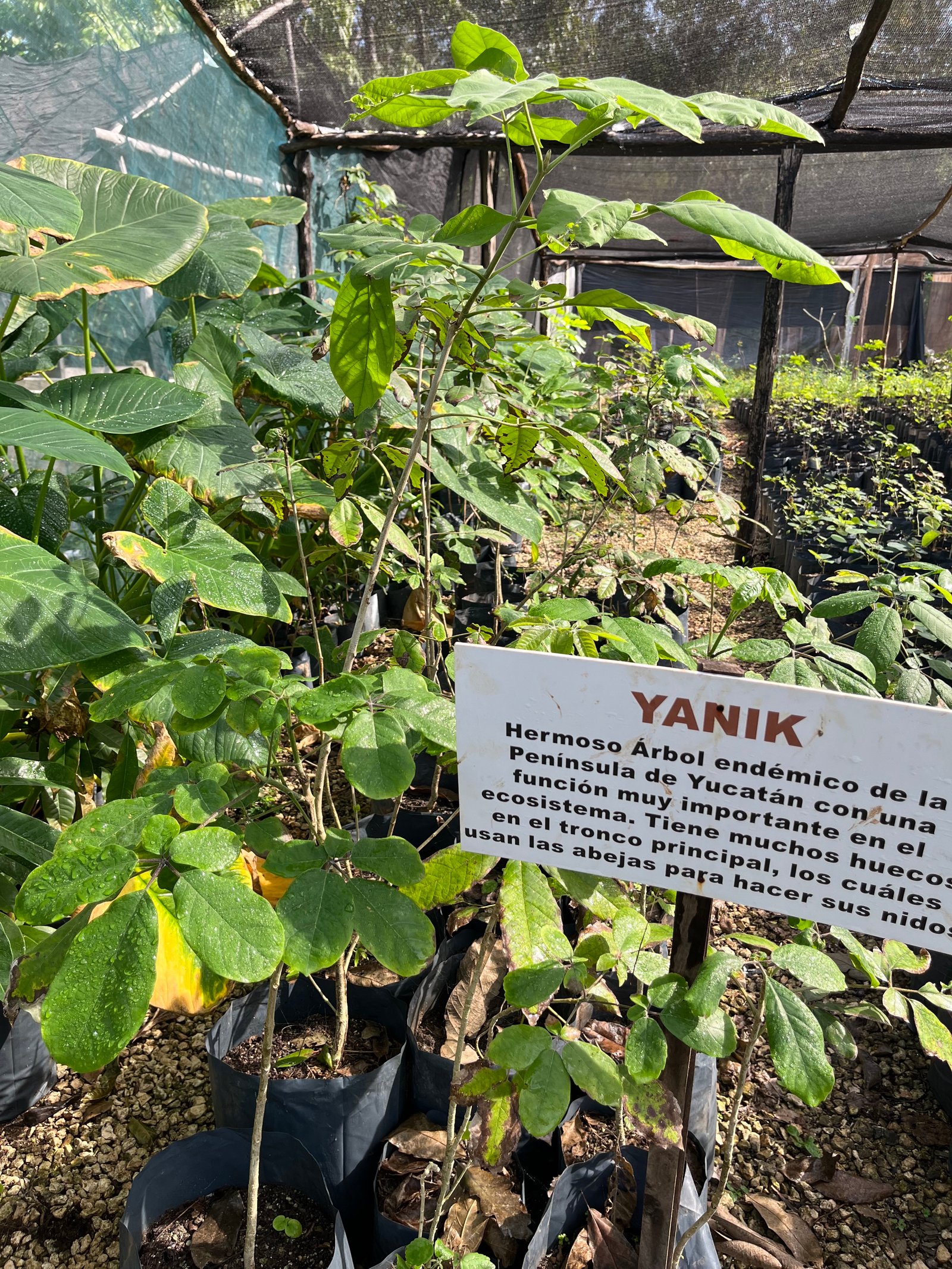
In Indigenous traditions, it’s revered for its role in keeping the forest alive and interconnected, highlighting again that plant power extends beyond consumption—it’s about coexistence.
Everyday Plant Magic: Healing from Your Garden
What is so inspiring about these plants is not just their powerful properties but their accessibility. Many of these trees and herbs grow in backyards, gardens, or can be cultivated with minimal effort. Lemongrass, for instance, thrives in tropical climates and offers both culinary delight and medicinal benefits. Known for its fresh citrus scent, it soothes the stomach, reduces inflammation, and acts as a natural bug repellent. Mint, chamomile, basil, and oregano all share similar dual roles—flavoring meals while simultaneously supporting well-being.
In this way, nature offers healing that is integrative. It does not separate wellness from nourishment or function from pleasure. A tea brewed from mint leaves can calm the stomach and clear the mind. A meal spiced with oregano does more than taste good—it fights bacteria and boosts the immune system. Aloe vera, with its thick, healing gel, soothes the skin externally and heals internally when ingested.
Plants speak the language of wholeness. They do not isolate a symptom; they address the system. And in doing so, they remind us that healing is not simply about erasing pain, but about returning to balance. In our search for cures, many of us are returning to this holistic wisdom—acknowledging that nature often provides the most effective medicine, in the most beautiful form.
From the ancient knowledge of the Maya to the widespread uses of moringa, lemongrass, and aloe vera, the healing power of plants remains as relevant today as it ever was. As we build sustainable homes, communities, and lives, let us remember the gifts growing all around us. Healing is not always a pill or a prescription. Sometimes, it is a tree. A leaf. A cup of herbal tea shared under the sun.
Let us listen more carefully. Let us grow in partnership with the Earth. Because the cure may already be in your garden.
At Quanna Property Services, we believe that nature always has the final say. When it comes to the homes and communities we manage, we prefer a lush plant hedge over a concrete fence, vibrant flowerpots filled with local herbs and blooms instead of sterile abstract décor, and the soothing sound of leaves in the breeze rather than artificial noise barriers. Whenever in doubt, we revert to the natural flow of things. And more often than not, we find the answers in nature itself.